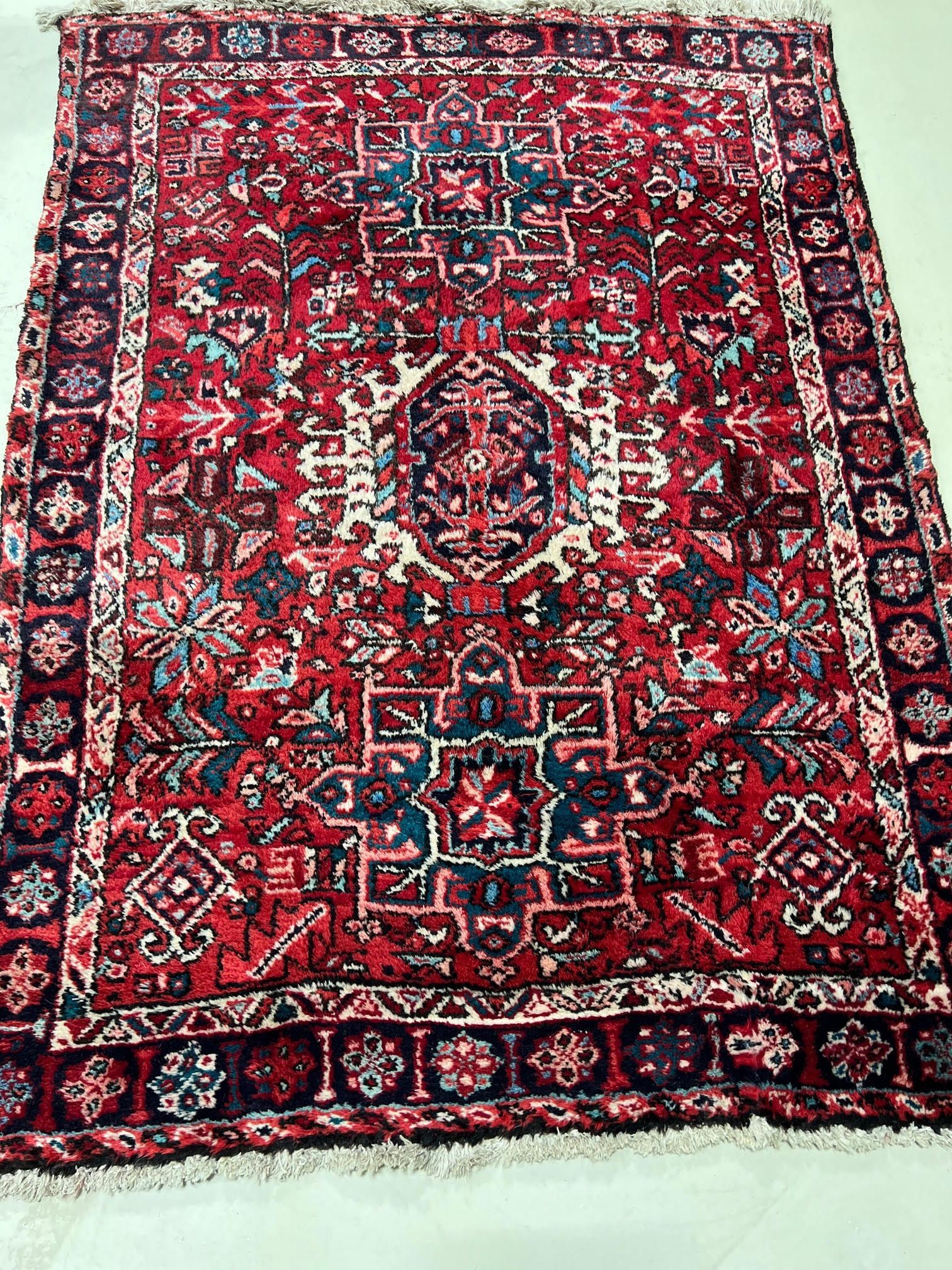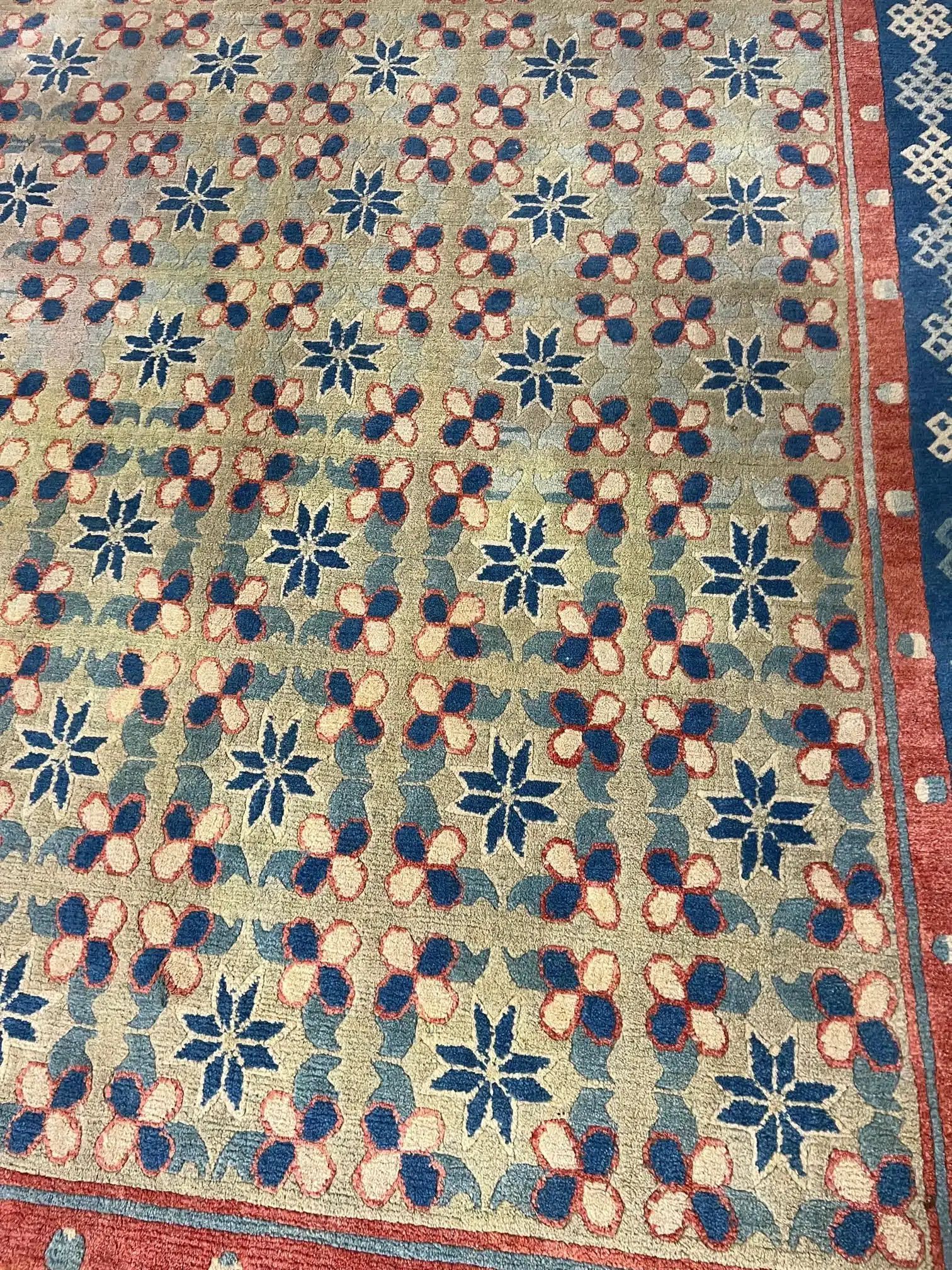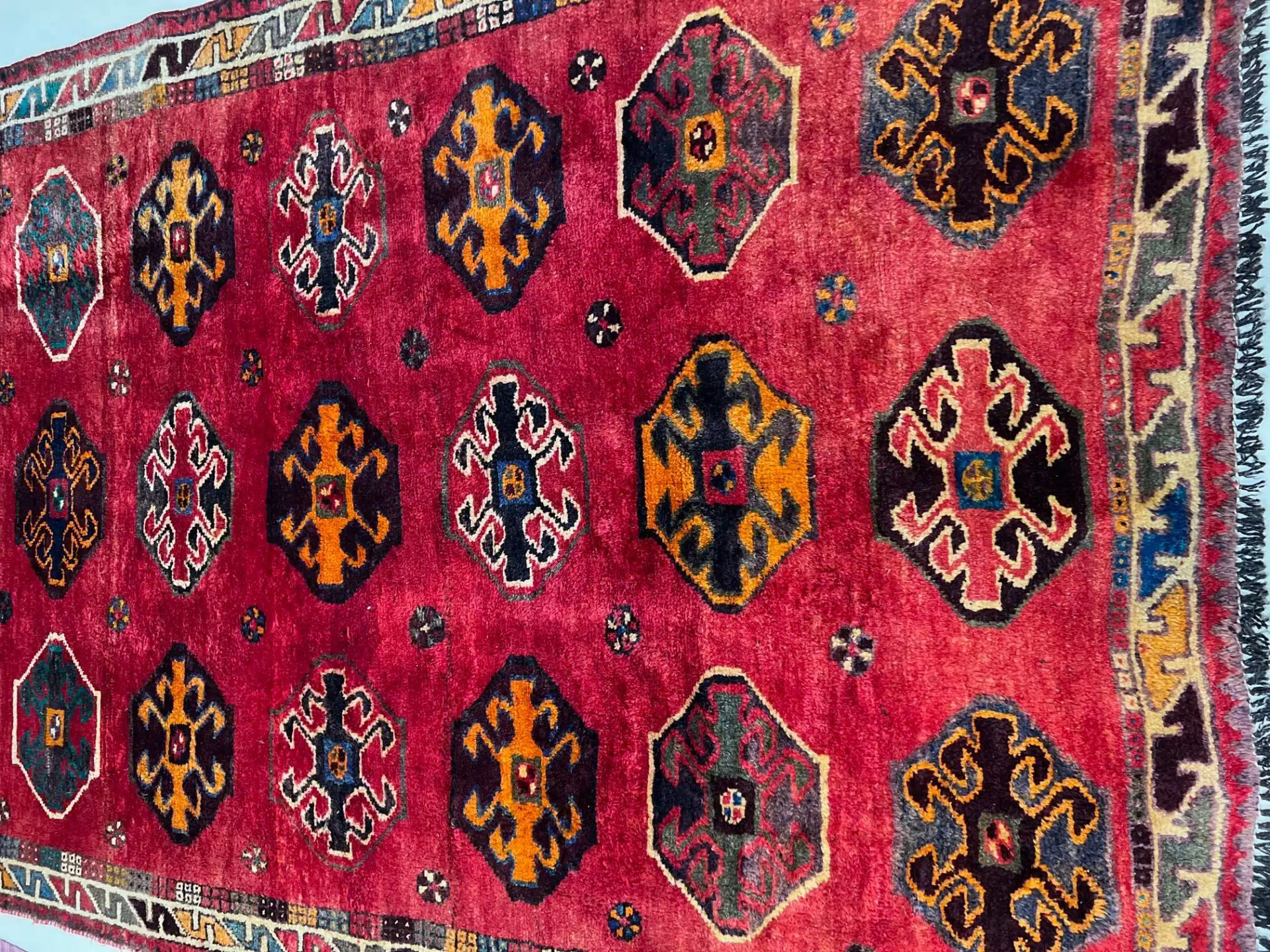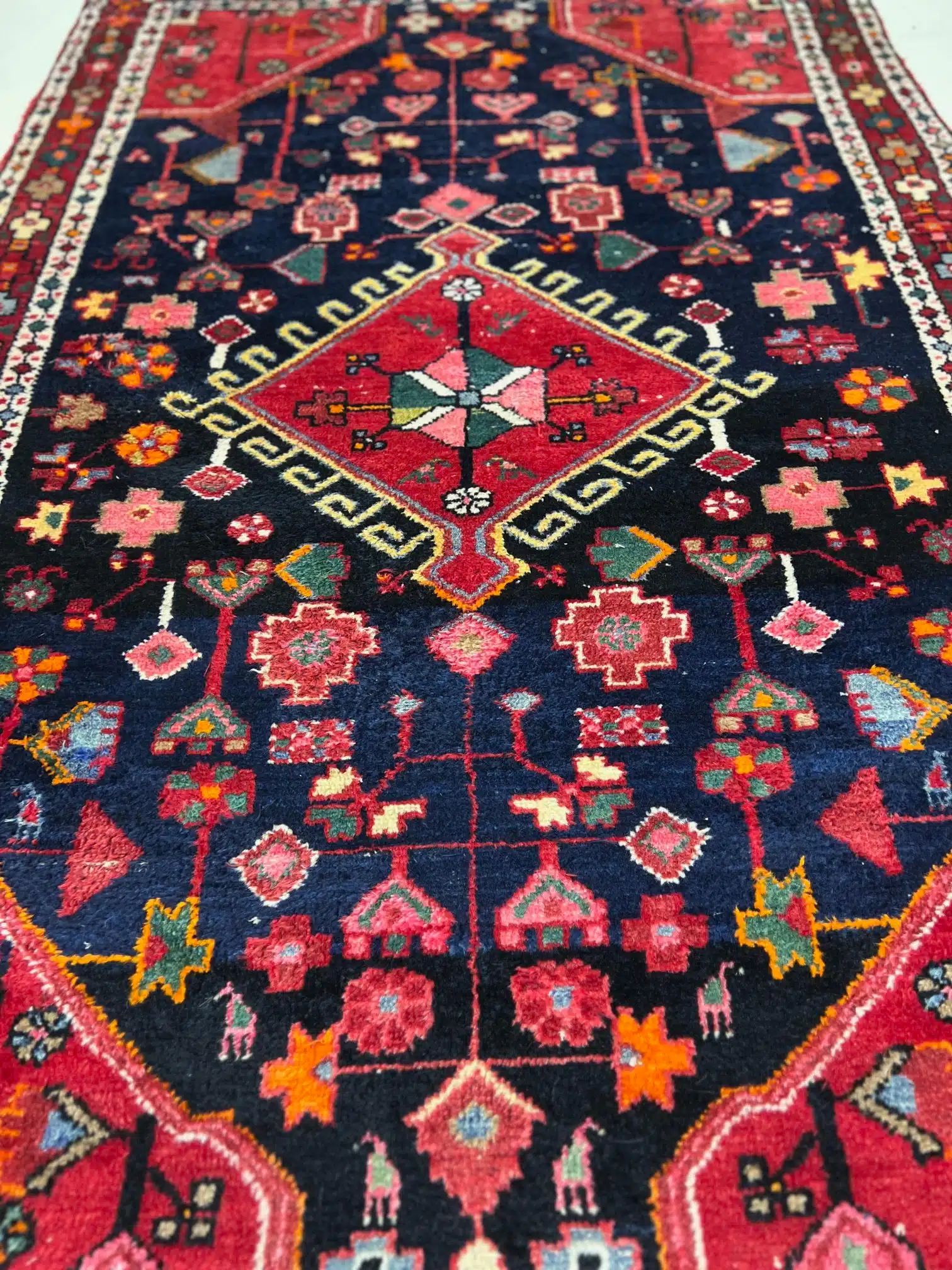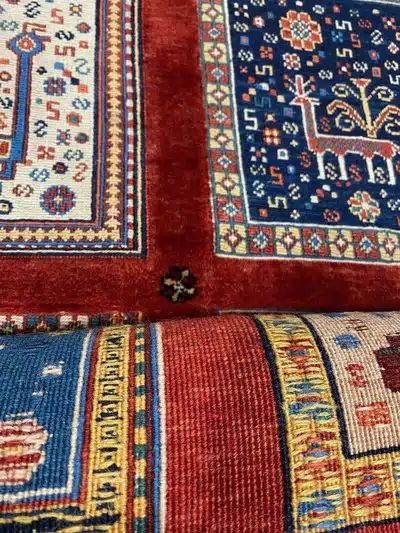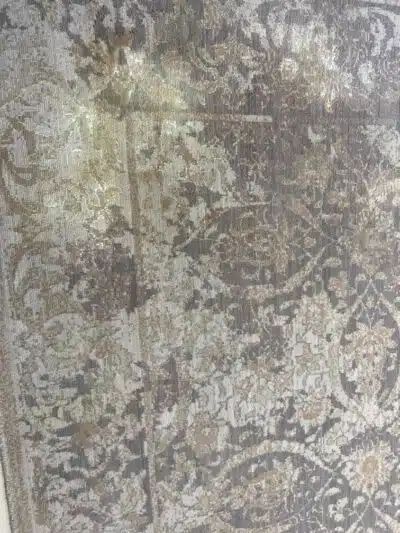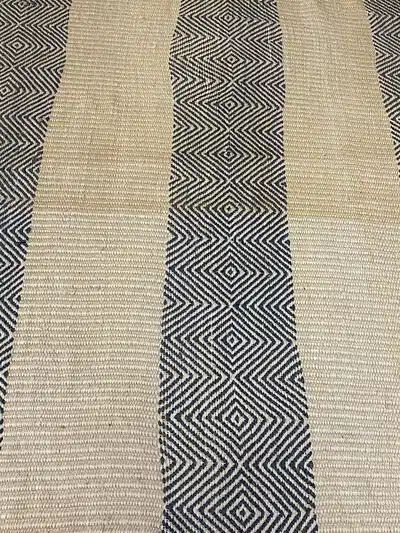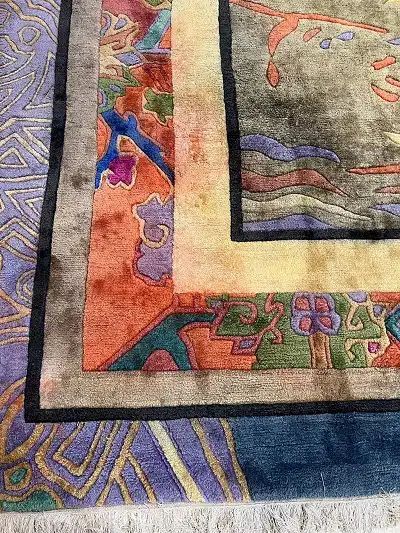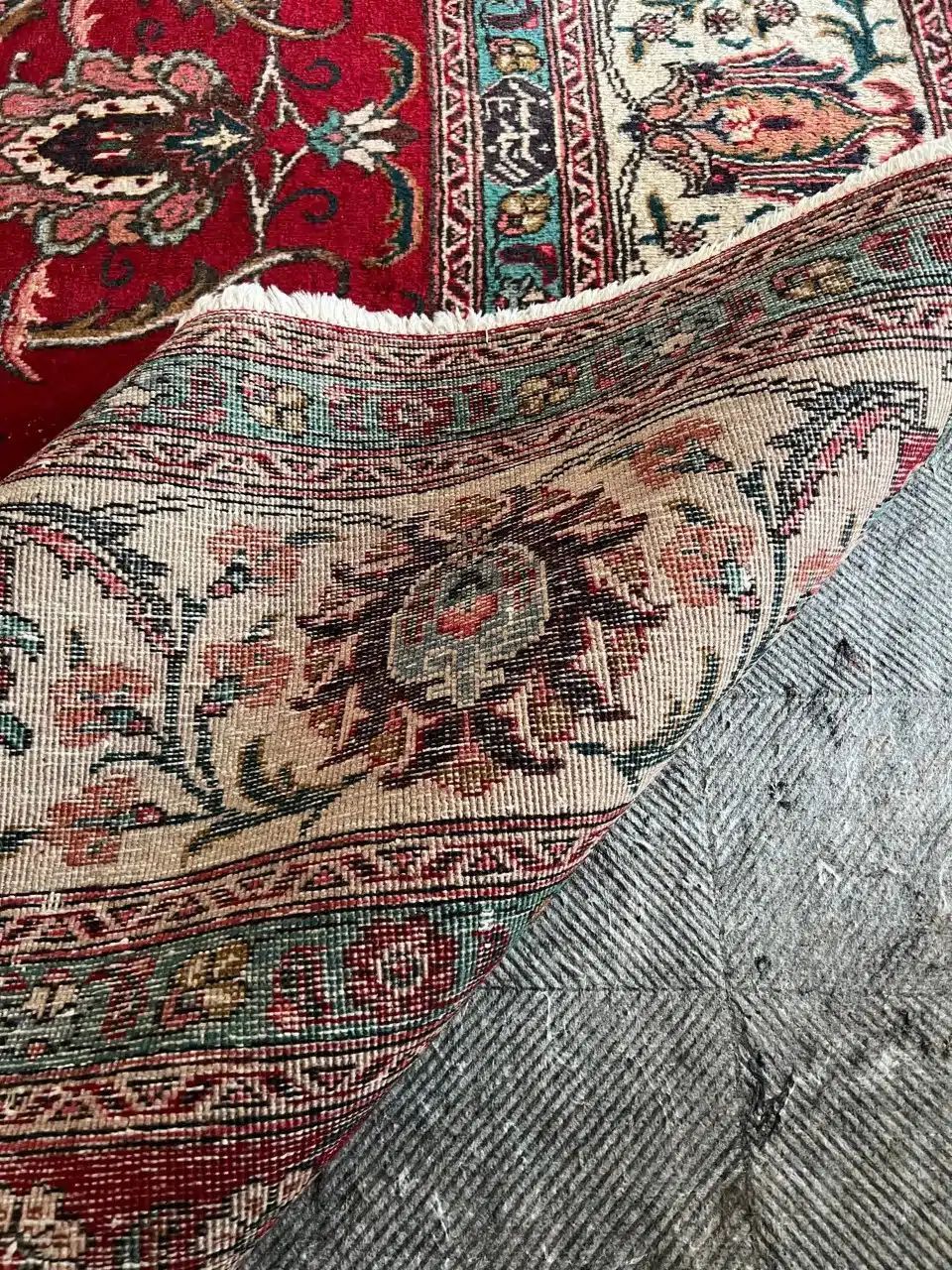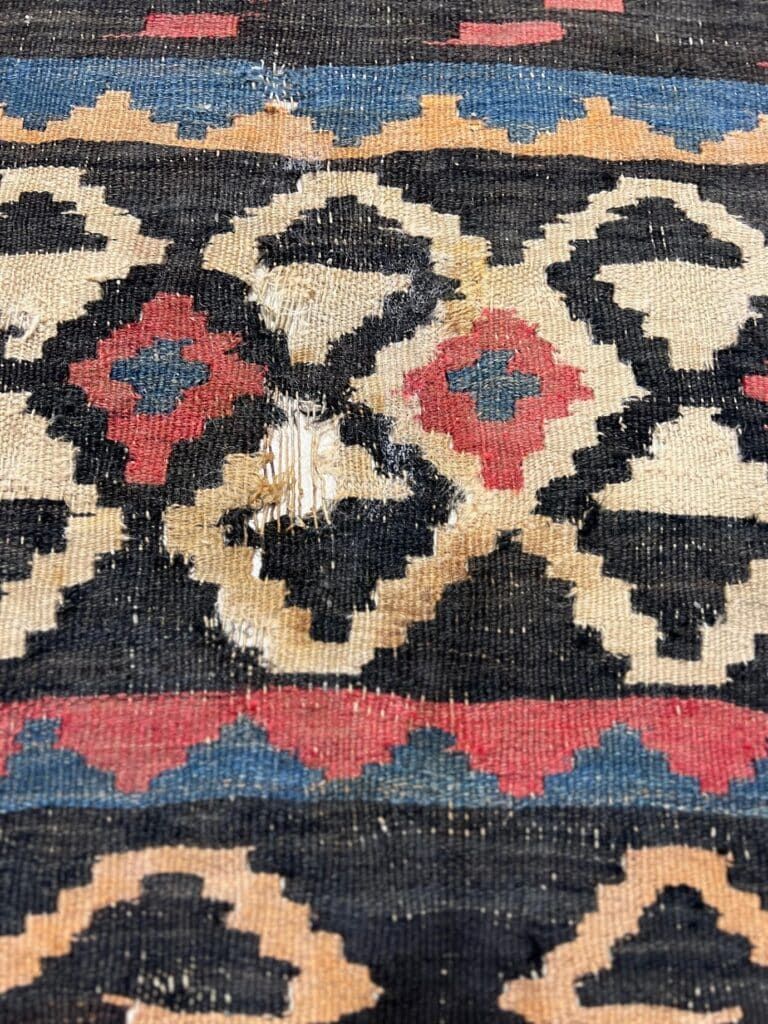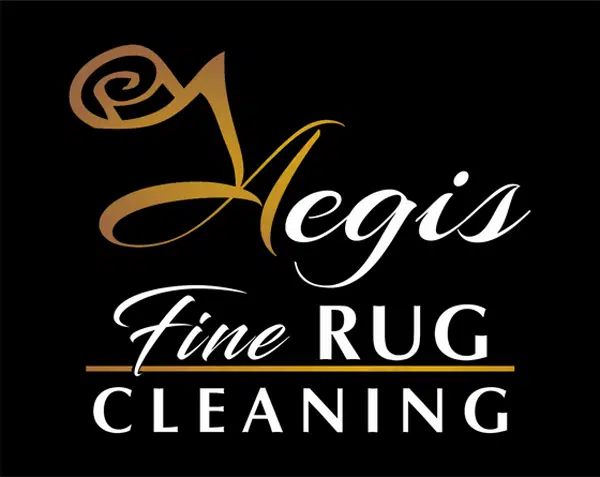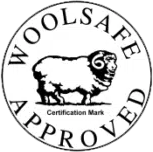Crafting Kerman Rugs
Beautifully Crafted Kerman Rugs
Kerman Rugs are crafted in the town of Kerman and its neighboring villages. The weavers in this area of southeastern Iran are tremendously skilled and talented, resulting in fine rugs woven in a bevy of intricate designs.
Located in southern Iran, the desert city of Kerman has long been a major hub for rug weavers and traders. Kerman rugs first surfaced during the 16th century and were owned by some of Persia’s wealthiest citizens. They were later one of the very first Persian rugs to make it to western markets and widely sold throughout Europe.
Kerman Rugs Are Skillfully Crafted Using The Finest Materials
Like many Persian rugs, the Kerman rug’s foundation is cotton. Where it differs, however, is in its use of silky Carmania wool. The fineness of the wool gives Kerman rugs a luxuriously soft texture, but it also requires regular professional Oriental rug cleaning.
The weaving technique used in Kerman rugs exemplifies the incredible abilities of the craftsmen who made them. The special technique involves making three turns for every knot, with far more tension placed on the first and last turn than the middle. The knots themselves are considered tight asymmetrical Persian knots, and there are up to 800 of them per square inch.
Kerman Rugs Are Known For Their Patterns
Kerman rugs tend to feature floral patterns and designs. In fact, they are often referred to as “vase carpets” due to the large palmettos and elaborate floral patterns that frequently cover the rug bodies.
These rugs are normally found in traditional red and blue colors. However, the tones are soft and subtle, giving the rugs an enhanced elegance.
Kerman rugs are a great investment and add sophistication to any home décor. Unlike Mehrabans and other smaller rug varieties, they come in a truly wide-range of sizes from 4 x 6 all the way up to 10 x 15 feet.
The post Crafting Kerman Rugs appeared first on The Austin Rug Cleaner.
